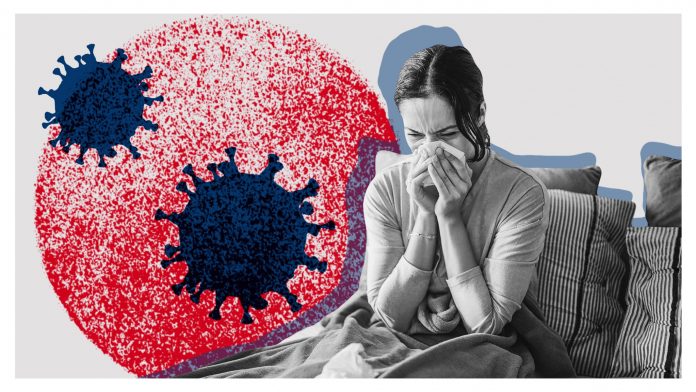This protocol is slightly modified version of the WHO guideline on quarantine measures for individuals in the context of COVID-19.
When to use quarantine
For contacts* of patients with laboratory-confirmed COVID-19 be quarantined for 14 days from the last time they were exposed to the patient or all persons travelling to Aruba from abroad. *A contact is a person who is involved in any of the following from 2 days before and up to 14 days after the onset of symptoms in the patient:
- Having face-to-face contact with a COVID-19 patient within 1 meter and for >15 minutes;
- Providing direct care for patients with COVID-19 disease without using proper personal protective equipment;
- Staying in the same close environment as a COVID-19 patient (including sharing a workplace, classroom or household or being at the same gathering) for any amount of time;
- Travelling in close proximity with (that is, within 1 m separation from) a COVID-19 patient in any kind of conveyance.
Conditions for safe and effective quarantine
- Those who are in quarantine must be placed in adequately ventilated, spacious single rooms with hand hygiene and toilet facilities. If single rooms are not available, beds should be placed at least 1 meter apart. NOTE: Adequate air ventilation is essential.
- Communication in a language that those who are quarantined can understand.
- Provision of food and, if applicable, appropriate medical treatment for existing conditions must be guaranteed. If the person in quarantine does not have family and/or acquaintances to take care of food item and/or medication delivery, this will be taken care of by the Department of Social Affairs and the volunteers of CEDE Aruba. Protocol for quarantine COVID-19 v.1, 29th march 2 of 2
- Psychosocial support must be available if requested.
- Older persons and those with comorbid conditions require special attention because of their increased risk for severe COVID-19.
- Persons sharing a household with someone in quarantine may leave the house as long they adhere to the requirements of social distancing.
Note: When home quarantine is chosen, the person should occupy a well-ventilated single room, or if a single room is not available, maintain a distance of at least 1 meter from other household members, minimize the use of shared spaces and cutlery, and ensure that shared spaces (such as the kitchen and bathroom) are well ventilated.
The health care provider should:
- Provide all those in quarantine with the information sheet developed by the Department of Public Health.
- Emphasize the importance of social distance (that is, distance of at least 1 meter) between all persons who are quarantined.
- Emphasize the importance of hand and respiratory hygiene by all persons who are quarantined (also included in the information sheet)
- Provide an explanation of how long they will need to stay in quarantine and what will happen if they get sick (also included in the information sheet). o If they get sick, they will need to wear the medical mask provided by the department of Public Health and contact 2800101. This is also included in the information folder given. Provide instructions on cleaning procedures (also included in the information sheet).
Early recognition and control
- Any person in quarantine who develops febrile illness or respiratory symptoms at any point during the quarantine period should be treated and managed as a suspected case of COVID-19.
- People in quarantine are provided a medical mask in case (s) he develops symptoms while in quarantine. A medical mask is not required for persons with no symptoms. There is no evidence that wearing a mask of any type protects people who are not sick.
Follow-up procedure for monitoring the health of quarantined person
- Daily follow up of persons who are quarantined should be conducted for the duration of the quarantine period and should include screening for body temperature and symptoms.
- Groups of persons at higher risk of infection and severe disease may require additional surveillance owing to chronic conditions or they may require specific medical treatments.
- Criteria for testing those in quarantine can be found in the related document ‘Criteria voor testen van personen in quarantaine 3 talen’.

















